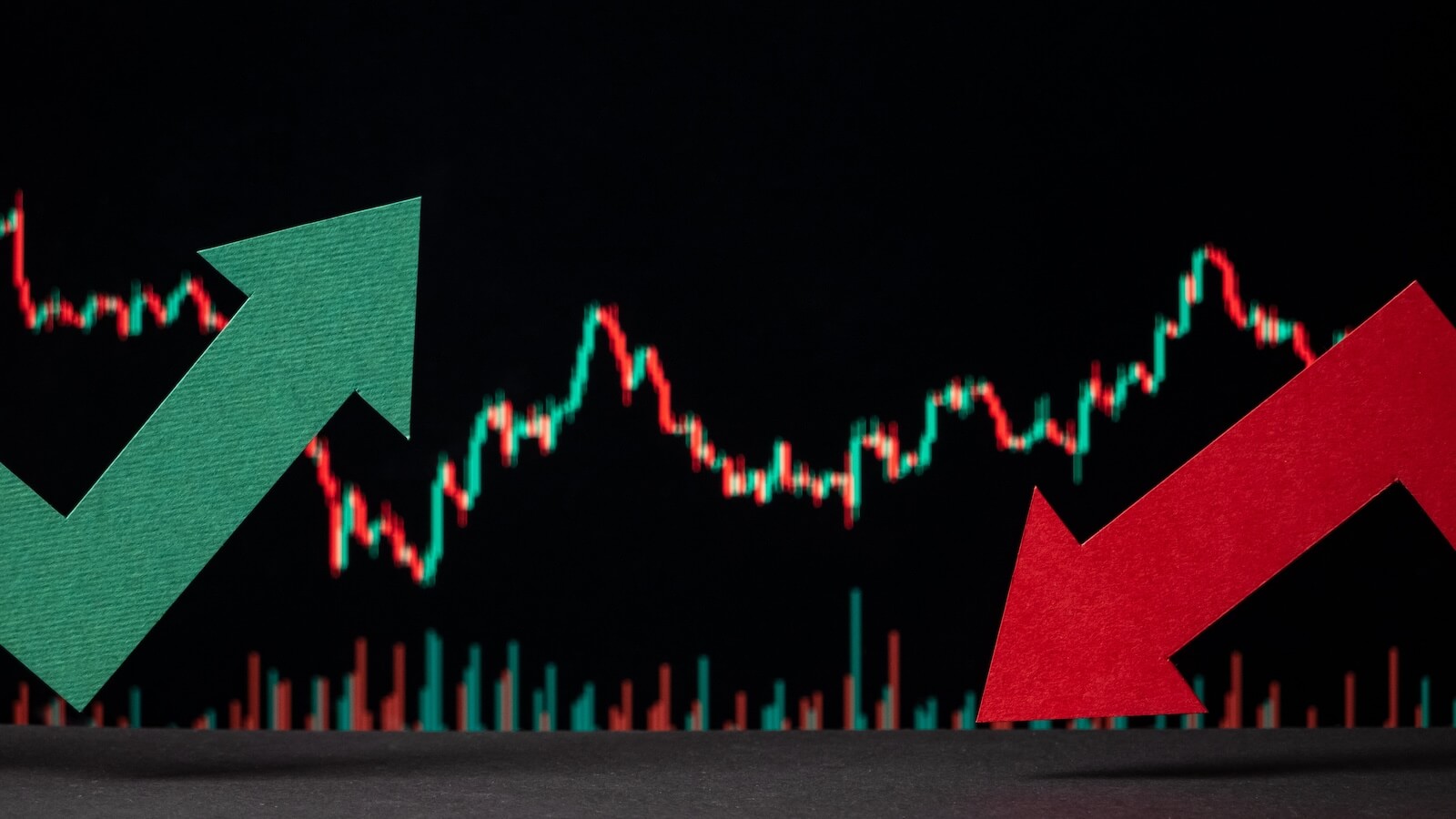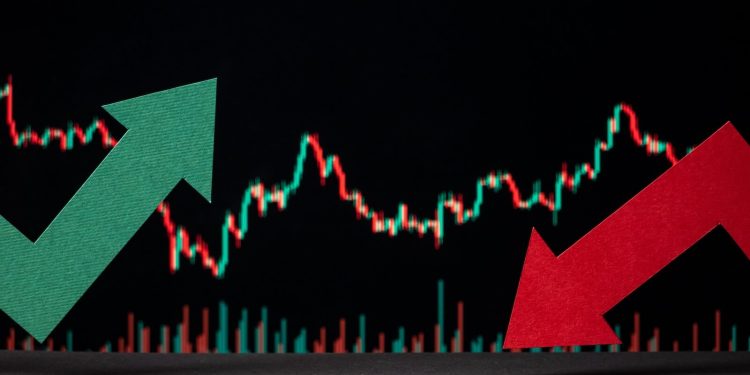 For those of you who are a bit more steeped in technical analysis, you’ve likely heard of Dow Theory. A set of principles developed from Charles Dow, a journalist/analyst who founded what’s now the Wall Street Journal back in the late 19th century, Dow’s insight was foundational to modern technical analysis.
For those of you who are a bit more steeped in technical analysis, you’ve likely heard of Dow Theory. A set of principles developed from Charles Dow, a journalist/analyst who founded what’s now the Wall Street Journal back in the late 19th century, Dow’s insight was foundational to modern technical analysis.
Here’s a question: How can we view today’s market using Dow Theory’s six core tenets?
The market seems to be turning around, especially after the recent 90-day pause in U.S.-China tariffs. What insights might Dow Theory give us about the current reversal? Let’s dive in.
#1: The Market Discounts All Known Information
Here’s the thing: When tariffs are used as a nimble and adjustable strategy for hardball negotiations, how can anyone possibly price in the data? Too many unknowns are hiding behind the cards played for the market to discount any data driven by fundamentals and geopolitics.
So, this tenet can probably be skipped for now.
#2: The Market Has Three Movements
We’d have to modify this slightly, as markets, several of which are globally accessible 24/5 via futures and digital platforms, have significantly altered the market dynamics since Dow’s time.
Still, his notion of primary and secondary trends is as relevant today as it was then. But increased market access and trading volume have created tertiary or micro-trends on a scale above the Dow’s third movement of daily fluctuations.
Take a look at this 15-year monthly chart of the S&P 500 Large Cap Index ($SPX).
FIGURE 1. MONTHLY CHART OF THE S&P 500. The primary trend is up and is reversing from a deep secondary correction.
According to this tenet, one way to interpret this is that the primary trend is bullish and the corrections and bear markets, highlighted in yellow, are all secondary trends, as dramatic as they were on a smaller time scale.
Key insight: SPX’s primary trend is bullish, but the question is whether it has pulled out of its bearish secondary trend. It’s now trading above its 10-month simple moving average (SMA), which is roughly equivalent to a 200-day SMA, but whether it can hold is something to monitor.
#3: Primary Trends Have Three Phases
Is the broader market in an accumulation phase, where professional investors buy undervalued assets, a public participation phase, where retail investors are jumping in, or a distribution phase, where smart money sells to the euphoric retail crowd?
Take a look at this weekly chart.
FIGURE 2. WEEKLY CHART OF THE S&P 500. These indicators are based on surveys of retail and professional investor sentiment.
Two ways to gauge retail and professional sentiment and participation are by analyzing the American Association of Individual Investors (AAII) and National Association of Active Investment Managers (NAAIM) surveys (respectively). Look at the current week (blue dotted line) and note how the AAII Bull-Bear indicator representing retail sentiment is still net bearish while the NAAIM indicator shows accumulation as the S&P 500 gaps above the 40-day SMA (equivalent to its 200-day counterpart).
In the weeks leading up to the current week, as the NAAIM levels increased while the AAII remained net bearish, the contrast between the two arguably signals the strong likelihood that the broader market is in the accumulation phase. But remain cautious as, with the first tenet on known information, any new information or change in global trade policy can disrupt this picture, sending the $SPX back below the 40-week.
#4: The Averages Must Confirm Each Other
Back in his day, Charles Dow was referring to the Dow Jones Industrial Average ($INDU) and the Dow Jones Transportation Average ($TRAN). Today, most investors look at the $INDU alongside $SPX and the Nasdaq Composite ($COMPQ).
FIGURE 3. CHART OF THE BIG THREE U.S. MARKET INDICES. Visually, the charts look similar, but a closer look is warranted to see the differences in detail.
While the differences in price action are nuanced, a quick scan of all three on the StockCharts Market Summary page will tell you that all three indexes are more or less on even footing. But in the interest of saving space and not zooming in on each chart,at the time of writing, only the $SPX and $COMPQ are trading above their 200-day SMA; $INDU is just right below it.
Another way to measure this is by comparing market breadth, aka participation.
FIGURE 4. MARKET SUMMARY OF BREADTH AND BULLISH PERCENT INDEX. These indicators focus on market participation, something that price alone can’t show.
The window on the left tells you the percentage of stocks in each index trading above their 20-, 50-, 100-, and 200-day moving averages. Given the importance of the 200-day SMA, we’ll focus on that. While this window doesn’t show $INDU, you can see that over 54% of $SPX stocks and only 33% of $COMPQ stocks are trading above their 200-day SMA. However, the Nasdaq 100 Index ($NDX), a more tech-concentrated subgroup of $COMPQ, has the most bullish reading, with 64% of its stocks trading above this key level.
Switching over to the Bullish Percent Index (BPI) window on the right, the $SPX and $INDU have the strongest bullish participation with 74% and 83% of their stocks, respectively, signaling Point & Figure Buy Signals. The $COMPQ, at only 50%, is lagging the two (not the case with $NDX, however, which is also very bullish).
So, do the averages confirm each other? More or less, yes, with $COMPQ as the laggard. This may indicate a bullish turnaround in the secondary trend, but the secondary trend is also extremely vulnerable to sudden shifts in the geopolitical environment.
#5: Volume Confirms the Trend
Volume-based indicators that can help you gauge buying/selling pressure and accumulation and distribution.
FIGURE 5. CHART OF THE BIG THREE US MARKET INDEXES WITH VOLUME INDICATORS. Volume-based indicators like Chaikin Money Flow and Accumulation/Distribution Line give valuable insight into buying/selling pressure and accumulation/distribution.
The Chaikin Money Flow (CMF) is positive in all three indexes, indicating more buying pressure than selling pressure. While the CMF readings are not as strong as they were in January and February, you might expect the levels to rise if the overall market begins to turn. The Accumulation/Distribution Line (ADL) is also exhibiting a steady increase, more so in the $SPX and $COMPQ than in the $INDU, which appears to be flattening.
In summary, volume is confirming the turnaround, but tentatively and cautiously.
#6: A Trend Remains in Effect Until a Clear Reversal Occurs
This is where a close examination of the underlying secondary trend structure is critical. You may have different ways to gauge when a market is trending up or down, or not trending at all.
I usually begin (and sometimes end) by looking at the relationship between price and sequential swing highs and swing lows. For example, take a look at this daily chart of $INDU.
FIGURE 6. DAILY CHART OF THE DOW JONES INDUSTRIAL AVERAGE INDEX. The index has reversed to the upside, but it’s important to monitor these key levels to determine whether the current reversal will develop into an uptrend.
Note that I’m using the ZigZag line to market the key swing highs and lows on the chart.
$INDU’s downtrend reversed when it broke above 40,750, the two swing high points that marked a key resistance level. Now, $INDU is aiming to challenge the next swing highs (resistance levels), which are situated in the range between 42,500 and 43,000. For the reversal to develop into an uptrend, $INDU must stay above the most recent swing low of 37,750 and eventually break above 43,000.
In short, and according to Dow theory, the downtrend has been broken, but the uptrend has not yet been confirmed by the price action.
At the Close
Dow Theory may be over a century old, but its principles remain surprisingly resilient, especially when viewed through the lens of today’s volatile, information-saturated markets. Right now, we’re seeing a bullish reversal in the markets. However, this reversal is happening on the secondary trend level, which is extremely vulnerable to sudden and severe shifts in today’s volatile geopolitical environment. In short, the trend may be turning, but as Charles Dow himself might suggest, don’t call it an uptrend until it proves itself.

Disclaimer: This blog is for educational purposes only and should not be construed as financial advice. The ideas and strategies should never be used without first assessing your personal and financial situation, or without consulting a financial professional.








